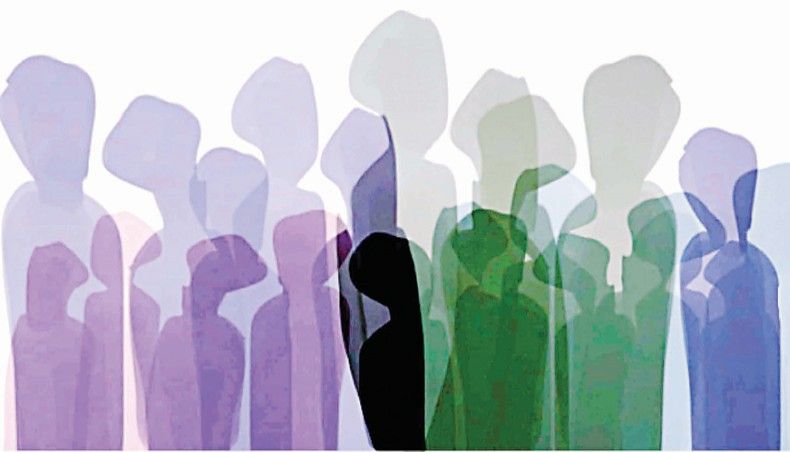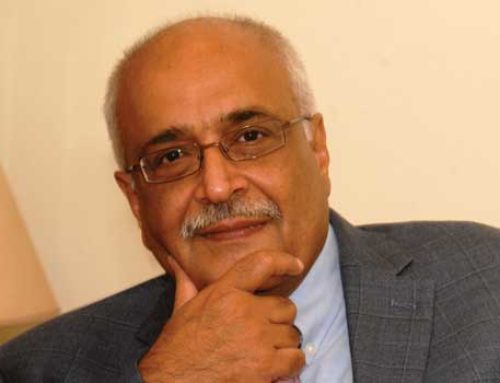Published in New Age on Friday, 19 April 2018
Shazzad Khan
BANGLADESH attained its interim graduation from the least developed country to middle-income status in 2018 and is expected to achieve the status permanently in 2024 if it succeeds to meet conditions based on which the status is given by the Committee for Development Policy of the United Nations.
Fortunately, one of the conditions, the growth rate, which relates to economic development, has so far been encouraging — close to 8 per cent with a current GDP of $283 billion ($751 billion in PPP). Bangladesh is expected to increase its per capita income to $1,909 this year from what it is now, $1,751. All these numbers show that Bangladesh is no doubt economically growing and there is very least chance that we might fail to achieve the middle-income status permanently. But the question remains: will that be worth valuing?
Alongside growing as a middle-income country, Bangladesh is committed to meeting some specific targets of the Sustainable Development Goals. One such target is the reduction of inequity by addressing SDG 10. The target entails by 2030 the achievement and sustaining of the income growth of the poorest 40 per cent of the population at a rate higher than the national average. This essentially emphasises more ‘even distribution’ of income and wealth among the poorer section of economic segments targeting inequality reduction.
As per United Nations, inequality still persists in a higher degree in many countries all over the world and large disparities remain in access to health, education, sanitation, employment and other services and resources. Unfortunately, Bangladesh is one such country.
Oxfam’s yearly inequality report (CRI 2018) paints the gloomiest picture of this rise in disparity. Eighty-two per cent of the entire global wealth created in 2017, the report estimates, went straight into the hands of the richest 1 per cent of the world’s population. The poorest 50 per cent, or 3.7 billion people, on the other hand, received zero per cent of that wealth. In case of Bangladesh, as the CRI Index 2018 says, it has been ranked in the 148th position among 157 countries which are doing very little to reduce the gap between the rich and the poor.
The latest Household Income and Expenditure Survey released by Bangladesh Bureau of Statistics in 2016 found that the income share of the poorest 10 per cent of the household population received 1.01 per cent of the total national income in 2016 which was 2 per cent in 2010. In comparison, the richest 10 per cent of the population owned 38.16 per cent of the national income in 2016 which was 35.84 per cent in 2010. This means the rich are growing richer in income and wealth day by day.
Citing similar data from the 2016 survey, the government has acknowledged in its SDG progress report that income equality increased in the past six years with a Gini coefficient value of 0.483 in 2016. While the statistics bureau survey mainly sheds light on growing income inequality, wealth inequality is even worse. According to estimates by the Centre for Policy Dialogue, wealth inequality in terms of Gini coefficient stands at a staggering 0.74. It is said that when Gini coefficient of income inequality is above 0.5, a country remains in the high risk of social unrest.
To perceive the sources of economic inequality is not a difficult task. In all countries, the most commonly known and powerful factor is the inequality of the initial distribution of wealth and human capital. Studies have shown that children born in wealthy families have a huge starting edge in both wealth and human capital that tend to have multiplying effects over time. As a result, the social climbing opportunities for the poorer segment of society tend to be much more limited than for the rich. This initial lop-sidedness is a powerful barrier to social upward mobility for the poor.
Overcoming this lop-sidedness requires a long-term commitment from the government to a range of policies that help equip the poor with human capital while improving the opportunities for them to engage in economic activities. Practically, the experience of the European countries, especially in the case of Scandinavian regions, shows how public finance policies (taxation and social spending) can be a powerful source of lowering income inequality. These countries tend to tax the rich heavily while using the resources to finance a range of social spending on health, education and social protection (income transfers) for the poor and vulnerable.
In contrast, a major problem in Bangladesh is the very low levels of public spending on human development. Public spending on education is a mere 2.4 per cent of the GDP. Compared with this, Argentina and South Africa each spend 6.0 per cent of the GDP on education while Malaysia and Indonesia spend 5.8 per cent and 4.6 per cent of the GDP. Scandinavian countries like Sweden and Norway spend even higher (6.8 per cent and 6.5 per cent of the GDP). Public spending in Bangladesh on health is similarly very low (only 1.1 per cent of the GDP). Additionally, research has showed that there are substantial issues with the quality and equity aspects of public spending on health and education.
Another factor that has contributed substantially to a better income distribution in European countries is the spending on social protection. On average, they spend 12–19 per cent of the GDP on social protection, mainly in the form of income transfers to the poor and vulnerable families. In Bangladesh, social protection spending is only 2.2 per cent of the GDP — if civil service pensions are excluded, then this amounts to a mere 1.6 per cent of the GDP. Furthermore, there are serious concerns about the quality and effectiveness of this spending.
The economic trend shows that Bangladesh is now the 31st largest economy in the world in terms of purchase power parity and will become the 28th by 2030. It is expected that Bangladesh will be the 23rd largest economy in the world by 2050 as a developed nation. Indeed, it indicates that the country is heading through a stunning growth. However, this growth progression may become meaningless if eventually we turn out to be a country having a ‘growth without equity’. If we, as a country, want to prove that Bangladesh is imbued with the basic philosophy of the liberation war, where equality had been its cornerstone, we have to address the growing inequality in the first place. Otherwise, a big question mark will always remain: is middle-income status worth valuing for Bangladesh?
Shazzad Khan works for Manusher Jonno Foundation;






